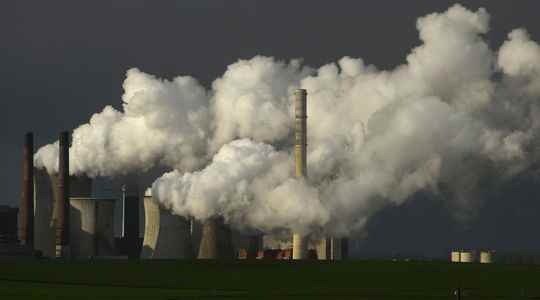While the temperature of our planet has already increased by an average of 1.2°C since the pre-industrial era, India and Pakistan are today in the grip of an unprecedented heat wave with peaks of more than 50 degrees, water shortages, power outages, and trash fires. This event is unfortunately not surprising and had been anticipated by the IPCC scenarios. Each additional degree will displace approximately 1 billion people. To limit global warming to 1.5°C in the long term (which will nevertheless create a more hostile environment than the one in which India currently lives), we must collectively achieve carbon neutrality by 2050.
A concept almost unknown three years ago, “net zero” commitments are now everywhere: States, companies, individuals and even objects claim to be carbon neutral. But what do these terms hide, when more and more cases of greenwashing are denounced. Remember that we live in a society that is still 80% powered by fossil fuels. If we achieve the objectives of the Paris agreement, in 2030 we will still use 50% of these fossil fuels. In 2050, 30% will remain. Let’s dispel doubts, it is physically impossible for an object from our productive economy, an individual or even an organization to become completely carbon neutral.
The IPCC describes carbon neutrality as the balance between emissions and absorptions of CO2 on a global scale. To be more specific, emissions come mainly from our society’s use of fossil fuels to run our economy and to a lesser extent from deforestation. Carbon sinks have indeed nothing to do with the futuristic technologies often described. These sinks are actually the soils (through the photosynthesis of plants) and the oceans.
The mirage of carbon offsetting
Today, and on a global scale, our economy and our actions of deforestation emit approximately twice as much carbon into the atmosphere as the absorption capacity of carbon sinks. However, by 2050 we will have to sequester as much carbon as we emit in order to stabilize its concentration in the atmosphere and thus limit the increase in the global temperature of the planet. The “compensation” of the carbon balance of companies by the purchase of “carbon credits” does not therefore make it possible to achieve carbon neutrality if this is not accompanied by concrete measures to reduce emissions. In other words: if nobody lowers their emissions, the current natural system cannot capture as much CO2 as our economy emits. Global neutrality is impossible in this scenario.
So what to do? According to the Ecological Transition Agency (Ademe), if an individual, company or organization wishes to commit to carbon neutrality, then it must activate three main levers: reducing its own emissions, promoting “decarbonizing” solutions with its stakeholders and the development of permanent natural carbon sinks. In its latest report, the IPCC indicates that the investments to decarbonize our economy must be multiplied by four to six and the International Energy Agency (IEA) estimates the necessary investments at more than 4000 billion euros per year.
Finance therefore has a major role to play since it directs global savings towards the real economy, it is this sector which, through its investment choices, must fill this financing gap by reducing the emissions of all businesses (such as the implementation of the Science Based Target Initiative, which aims to create reduction targets consistent with the Paris Treaty), investment in businesses that offer decarbonization solutions (energy efficiency, low-carbon mobility, renewables) and investment in natural solutions for permanent sequestration such as regenerative agriculture or sustainable forest management. All this keeping in mind that the question is not how to become carbon neutral at its limits but rather how to contribute to collective neutrality.
